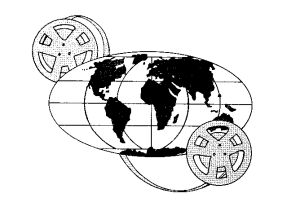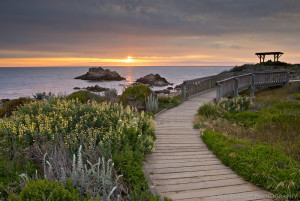Follow our weekly series, Throwback Thursday, designed to help celebrate 50 years of OHA. We’ll profile a year in the life of the organization each week with photos, logos, and highlights taken from the Oral History Association Newsletter. We welcome your memories, photos, and comments at oha@gsu.edu.
OHA in 1970…
President: Oscar Winther, Indiana University
Site of the Annual Colloquium: Asilomar Conference Center, Pacific Grove, California
Newsletter: Charles T. Morrissey, Editor; Samuel Hand, Associate Editor
Editorial office located at the Vermont Historical Society in Montpelier, Vermont
Annual individual membership: $7.50
Highlights from the Oral History Association Newsletter
- How Long Will Tape Last? Representatives of the 3M company who attended the Annual Colloquium in October fielded many questions about the life and proper care of magnetic tape which led to an article in the OHA Newsletter on this topic. Clyde Donaldson from 3M reported that engineers at the 3M company “have ‘torture tested’ Scotch sound tapes on special equipment equal to 100 years of use–and with no appreciable change in the tape or the sound reproduction.”
- Society of American Archivists Creates an Oral History Committee— “A principal effort of this committee will be to work with the Oral History Association to emphasize to oral historians the importance of certain phases of their work that become of critical importance when the products of oral history pass into archival hands for preservation and use.”
- Who Should be Interviewed? Jon Fackler of the University of Vermont Department of History wrote an essay on an important problem that had not yet received much exposure. According to Fackler, “it occurs prior to most other problems in this particular research process: deciding who should be interviewed.” Fackler states that there is some professional tension over this question. “This is so because the problem of deciding who to interview is part of a larger question of elite vs. non-elite (or of chief vs. ‘just plain Indian’) orientation in historical study. Fackler outlined statistic sampling techniques that could be used as a tool for oral historians.
Who were we interviewing in 1970?
- Memphis State University Oral History Research Office — retired employees of the Tennessee Valley Authority
- Essex University — 500 persons over the age of 64 to answer the question “what was everyday life like in turn-of-the-century England?”
- Director of the McCarthy project — more than 600 interviews recorded on Eugene McCarthy’s 1968 Presidential campaign
- Nehru Memorial Museum and Library in New Delhi — 250 interviews on the Indian nationalist movement
- Boston Public Library — urban history, government employees, and the Boston tradition in the field of sports
- Oral History Project at the University of Connecticut — business history, including the Collins Company, a “Connecticut manufacturer of machetes and other blade tools…which made such a tremendous impact on man’s survival in the tropics…”
Asilomar Conference Center, Pacific Grove, California…1970 Annual Colloquium attendees were encouraged to pack “country clothes” to enjoy the dunes and beach.
Check back next week for news of 1971…


